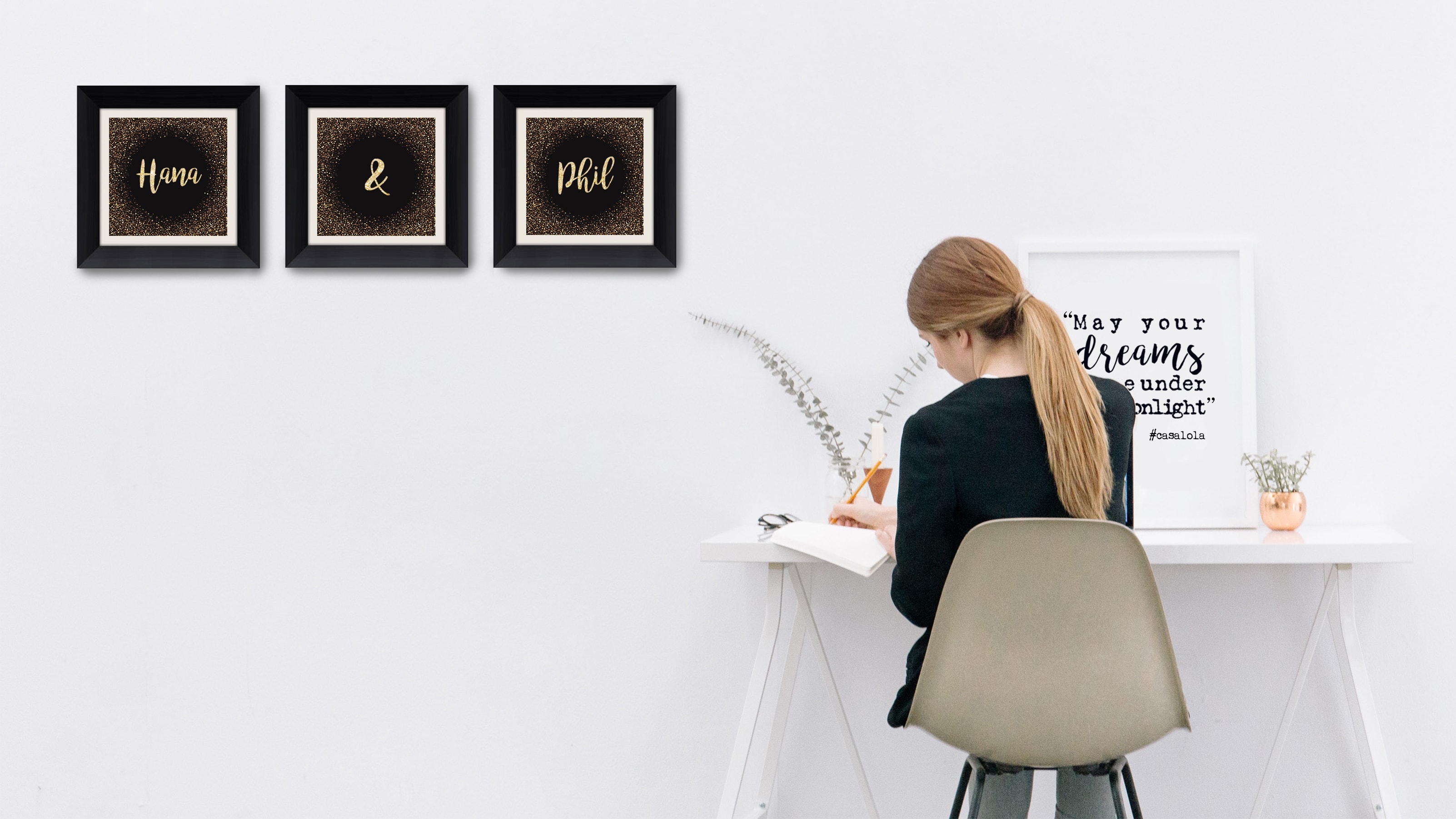With more and more people jumping on the “work from home” bandwagon, it’s no wonder that we are firmly in favour of purposing at least one area in your home as an office when you’re preparing to sell. A home office area is a handy addition even for people who actually put on appropriate clothing and show up at an office building every day. Sydney property stylists tell us that nearly every homeowner needs at least one space where budgeting, meal planning, bill paying, and correspondence are done. Whether your buyers are a family of four or a retired couple, space for a home office is space well allocated.
Mini offices, or homework stations, are also important in homes with school-aged children, so adding a few strategic elements to accommodate young academics is a good idea as well.
Here are a few tips to help you establish space for work in your listed home without industrialising your space.
The Distraction Factor
Working from home takes more discipline than some would imagine. It’s not always easy to chain one’s self to a chair and ‘go to work’ each day. Nor do youngsters really need any extra distractions to keep them from attending to their geometry lesson. Locating a work station at a window to take advantage of a spectacular view can be a double-edged sword.
Placing a work station against a wall has several advantages beyond the containment of day-dreams. If you place your work area against a blank wall, you can add shelving, drawers, and lighting above the work table to take care of the necessities. Sitting with your back to a room can help keep the mind on task.
Separation
It’s also a good idea to separate the functions of a room in order to retain the balance that must occur if part of the space is meant for relaxation. In cases of small apartments or children’s homework areas, sometimes work must take place in the bedroom. If the two spaces ‘bleed over’ into each other, there is a very real psychological down-side. Human beings need dedicated space for sleeping and adults who do not have a clearly defined sleeping space can develop very real physical and emotional issues related to sleep deprivation.
Keeping this in mind, particularly if you are working in your own bedtime retreat, you may wish to get creative with your placement of the work space. For example, the built-in wardrobe can be a dandy place to locate a desk and shelving that can be closed away from the bedroom per se. Another good option in a small space is the addition of a wall bed. These beds essentially get folded up into the wall and disappear when not in use.
Lighting
Wherever you place your ‘office,’ be sure that there is adequate lighting. (This is especially true if you opt for the wardrobe application.) Working at a dimly lit desk can be hard on your eyes and harder on your attitude. Even a window-facing desk on a cold winter’s day could benefit from a little extra light, so pay careful attention to your lumens.
Seating
Don’t scrimp on your office chair and don’t imagine that a good chair is less important for youngsters. If you want to create a space where productivity is king, it’s critical that you provide for comfort as well. A visit to your local office supply store will usually help you find good chairs at affordable prices.
As you prepare your home for listing, remember that the Sydney property stylists you’ve chosen are well-versed in the creative ways a room can be transformed into a work-space without sacrificing either rest or productivity. No matter where you locate your work space – kitchen, laundry room, or guest room, take the time to make it a work-worthy addition.




